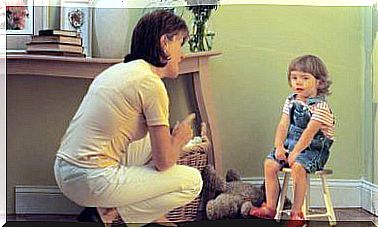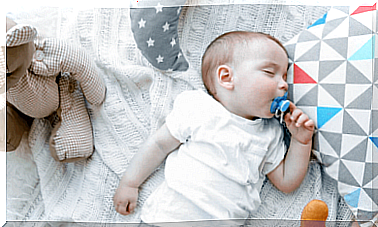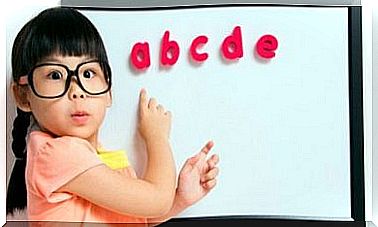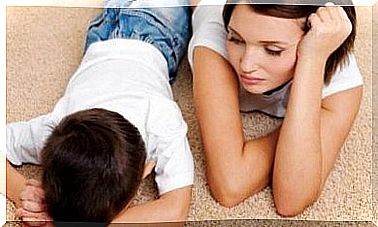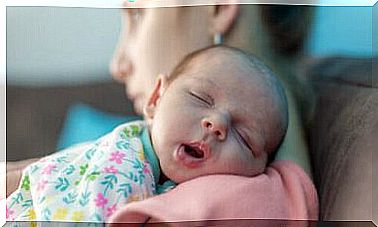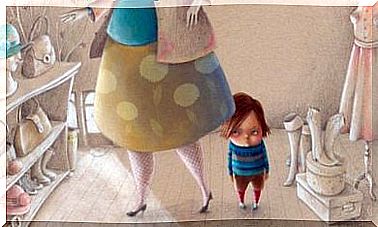Barefoot Children, What Are The Advantages? – Being Parents

From birth, children wear slippers or other kinds of shoes to avoid being barefoot. These serve to protect them from sharp objects, germs, dirt and other external threats.
And while the parents’ concern is valid, it can be counterproductive to avoid children spending time barefoot at all costs.
Often times, parents insist that children wear shoes all the time. Unfortunately, they are not aware of the multiple benefits of going barefoot.
When the children are not wearing their shoes to go out, they have to wear them inside the house, and so on, day after day.
It should be remembered that, up to the age of 8 or 9 months, babies have greater sensitivity on the soles of the feet than on the palms of the hands. Therefore, it is known that stroking the feet directly influences their tactile sensitivity and its neurological development.
Why should we allow children to be barefoot?
Children should be allowed to be barefoot at specific times each day. Thus, they will be able to operate more safely in their environment. And we’re not just referring to walking with good posture and maintaining balance.
Indeed, by establishing a direct link with the ground, the child also develops his emotional security. In other words, touching the ground with the soles of the feet can amplify the feeling of familiarity. And, as a result, self-confidence.
1. It improves the development of the foot
Children should spend time without shoes every day. Although we don’t believe it, it helps their foot to develop physically, without hindrance.
In other words, being barefoot helps them develop a universal (or neutral) stride. That is to say, neither supinator nor too pronator.
Remember that pronators are those who walk with more support on their heels. On the other hand, supinators tend to lean more on the forefoot. So we have the impression that they are walking on tiptoe.
And keeping in mind that the stride influences everything, even the dance, this should be taken care of.
Walking barefoot stimulates the grip capacity of the toes and the proper development of the bones and ligaments of the foot. So, delaying the child’s use of sneakers will be more beneficial for his growth.
2. They have more direct contact with nature
When children are barefoot at the beach, they experience a very pleasant and even satisfying feeling of freedom. It has to do with the need to have a full sensory experience. Indeed, millions of years ago, man walked barefoot and developed his senses to the maximum.

3. It stimulates the nervous system
On the other hand, by walking barefoot, children stimulate their nervous system. They also develop higher body awareness.
There are several nerve endings and pressure points on the foot that transmit information to the body. Therefore, walking without shoes allows the child to know where his body is in space and how to cross it.
4. Feet less prone to injury
When a child is barefoot, he strengthens his feet, legs and ankles. And that makes him less prone to injury. In addition, it also strengthens its joints and foot muscles.
5. It improves his perception of space
Another advantage of walking barefoot is that the child improves his perception of the environment and his relationship with it much more quickly. It locates and identifies the objects around it, which also allows it to be cautious of possible threats.
When should babies wear sneakers?
Although some parents often put shoes on their children from a young age, it is best not to put them on unless they are slippers or socks, as their feet are growing and should be free. of any pressure.
On the other hand, we can put sneakers on them on certain occasions or as mothers say: “for the photo”. Later, when the child begins to take his first steps, he can wear them longer, especially outdoors.

What kind of shoes should they wear from their first year of life?
From 12 to 15 months, when the child begins to walk and needs to wear shoes, these should be adapted to their feet. If the child is ever uncomfortable in the shoes he is wearing, try other options until he is comfortable.
Here are some characteristics parents should consider when finding the right shoes:
- Shoes should protect and cover the foot, but not trap or isolate it from external stimuli. This means that the child must control his balance, movement, posture and that the soles of the feet must have optimal contact with the ground.
- Shoes should be made with natural materials. This causes proper sweating of the feet and prevents allergies.
- The soles of the shoes should be non-slip and flexible, so that the child can bend the foot when walking.
- The toe of the shoe should be rounded and wide. This will allow the toes to move freely, but care should be taken to ensure that there is between 5 and 15 millimeters between the end of the child’s big toe and the toe of the shoes.
Walking with bare feet is not something “dirty” at all, but something natural and necessary for the good physical development of children. Of course, you shouldn’t go to extremes.
They should not be made to wear shoes too often, nor should they be left barefoot for too long. You have to know how to maintain a balance so that there can be benefits.

